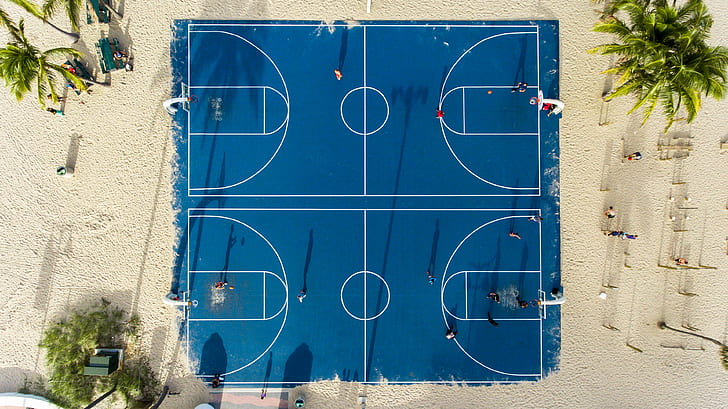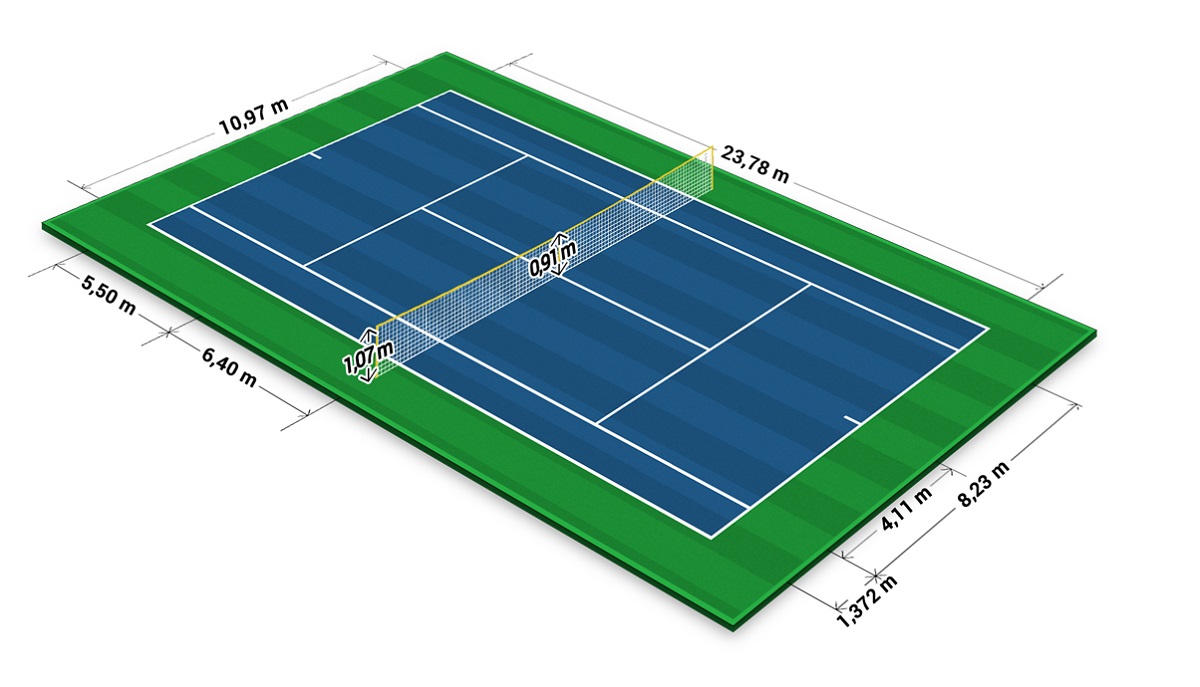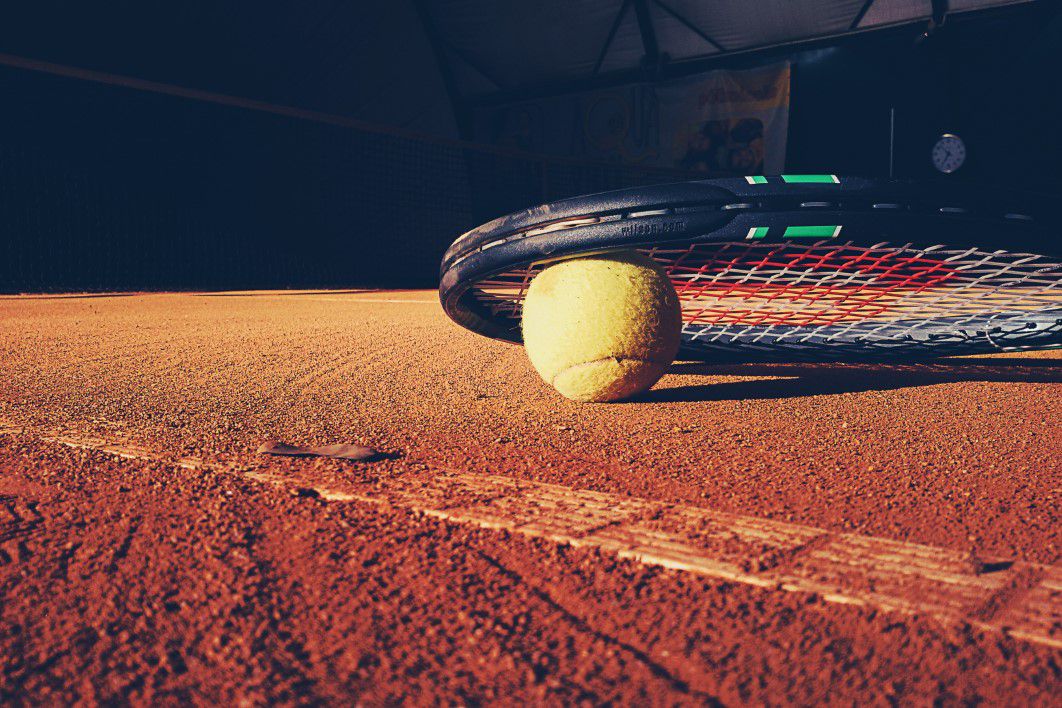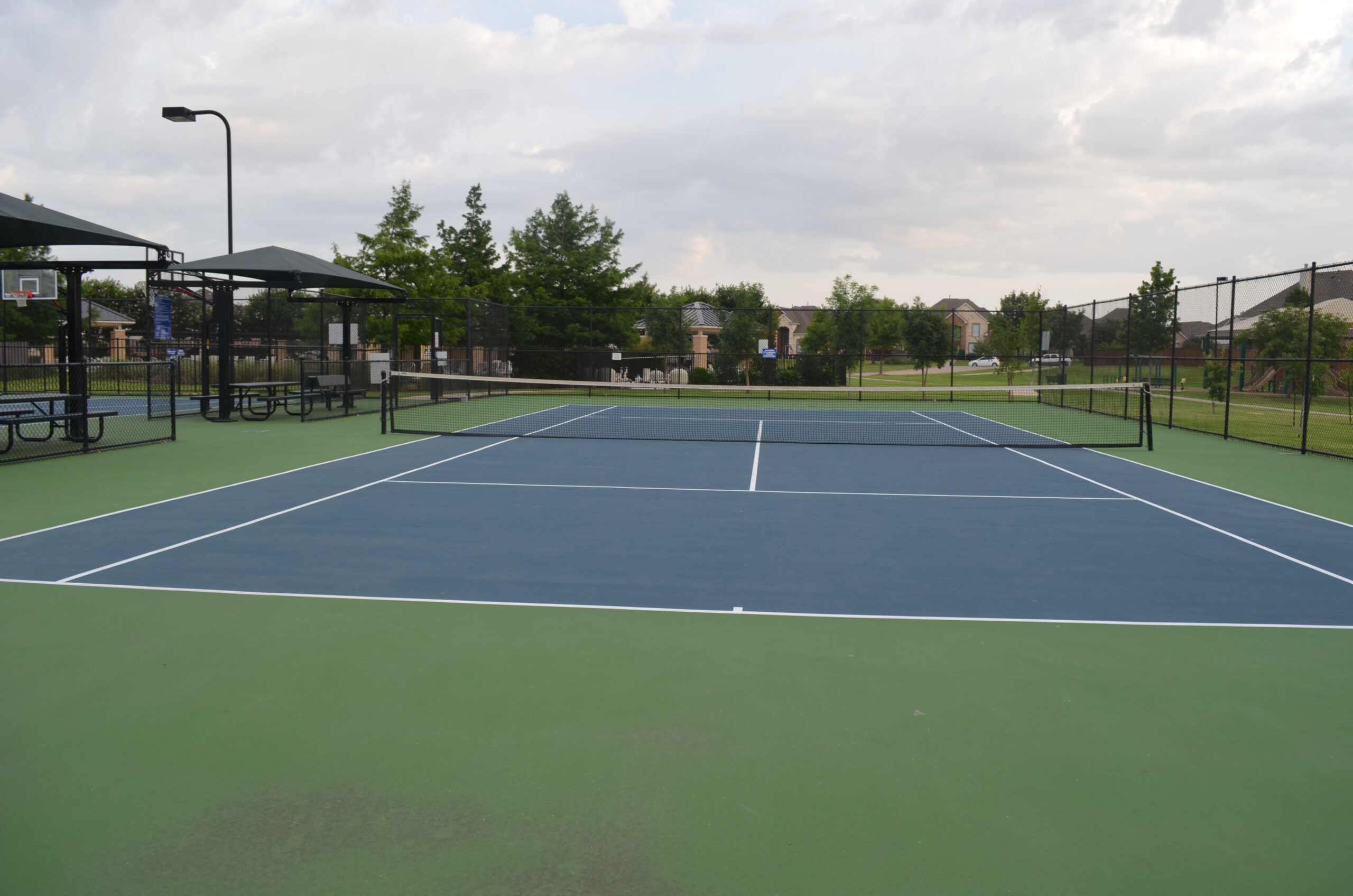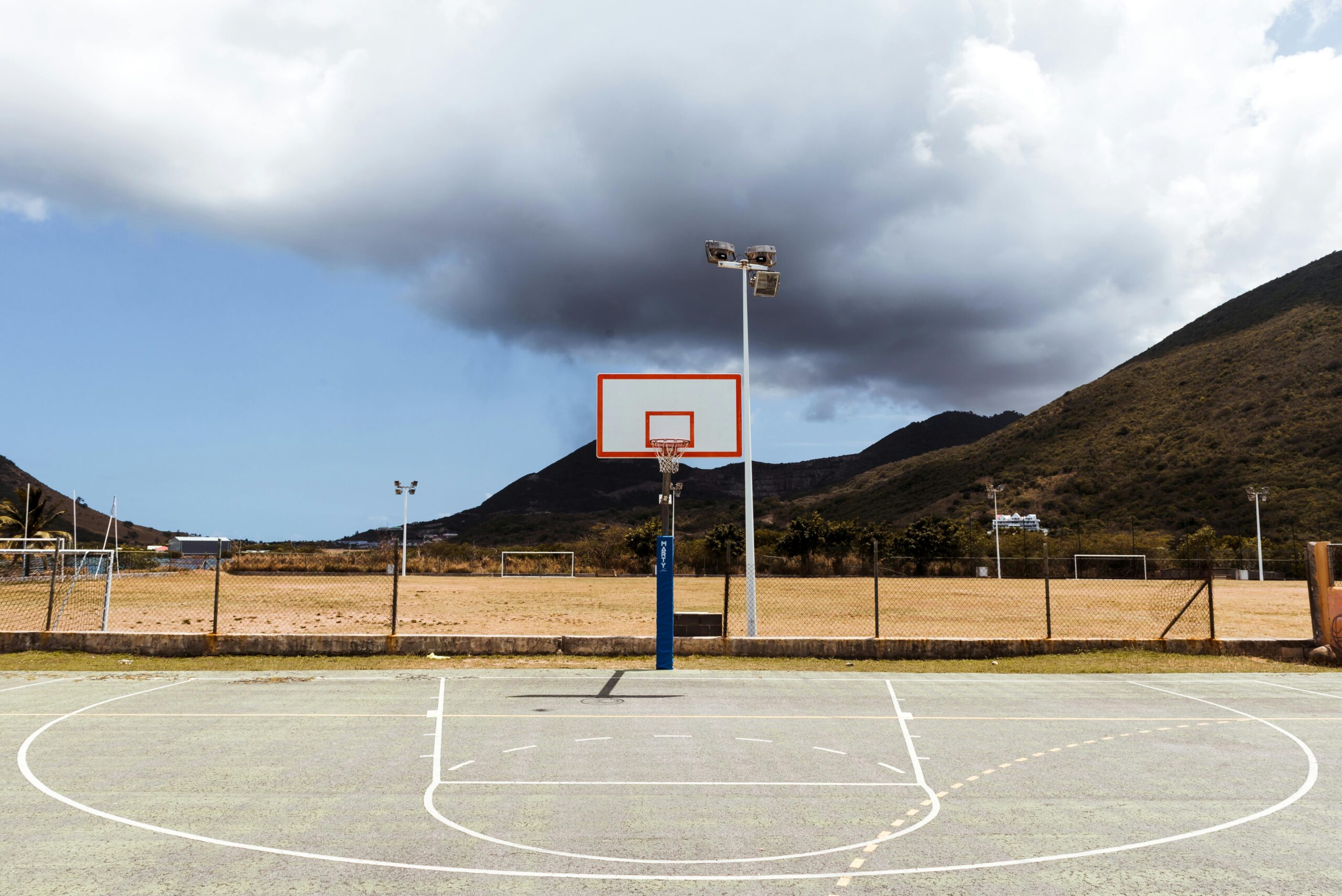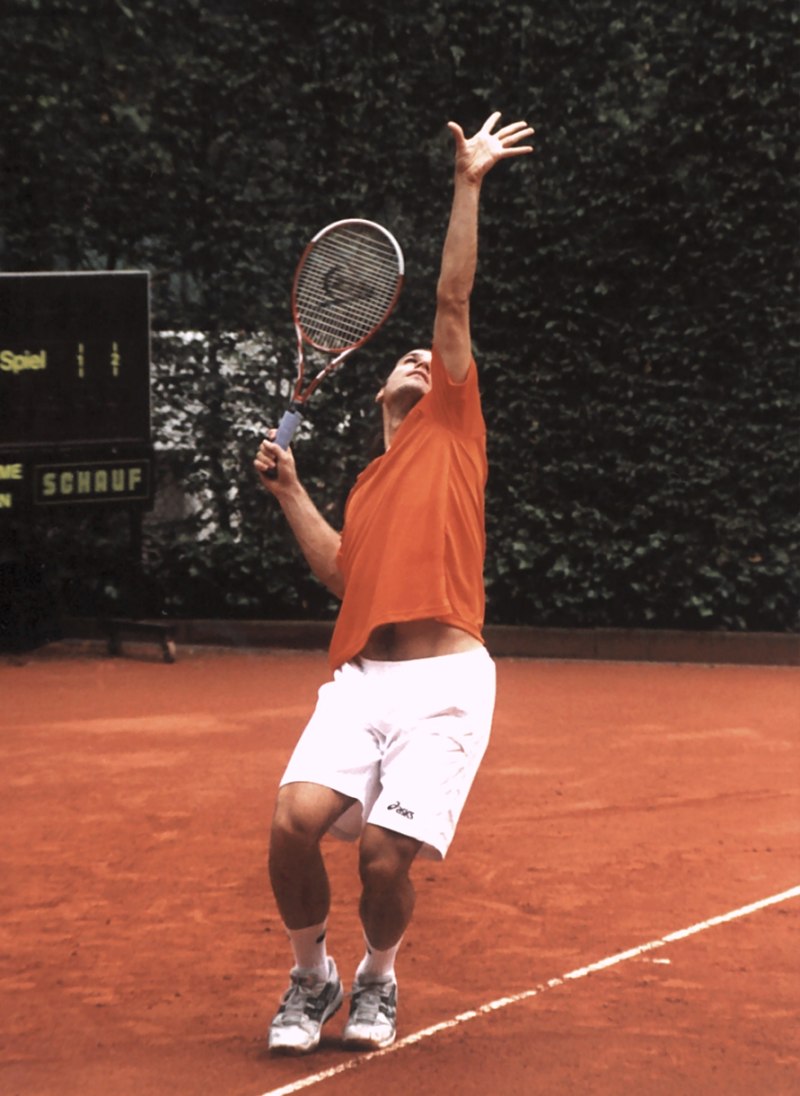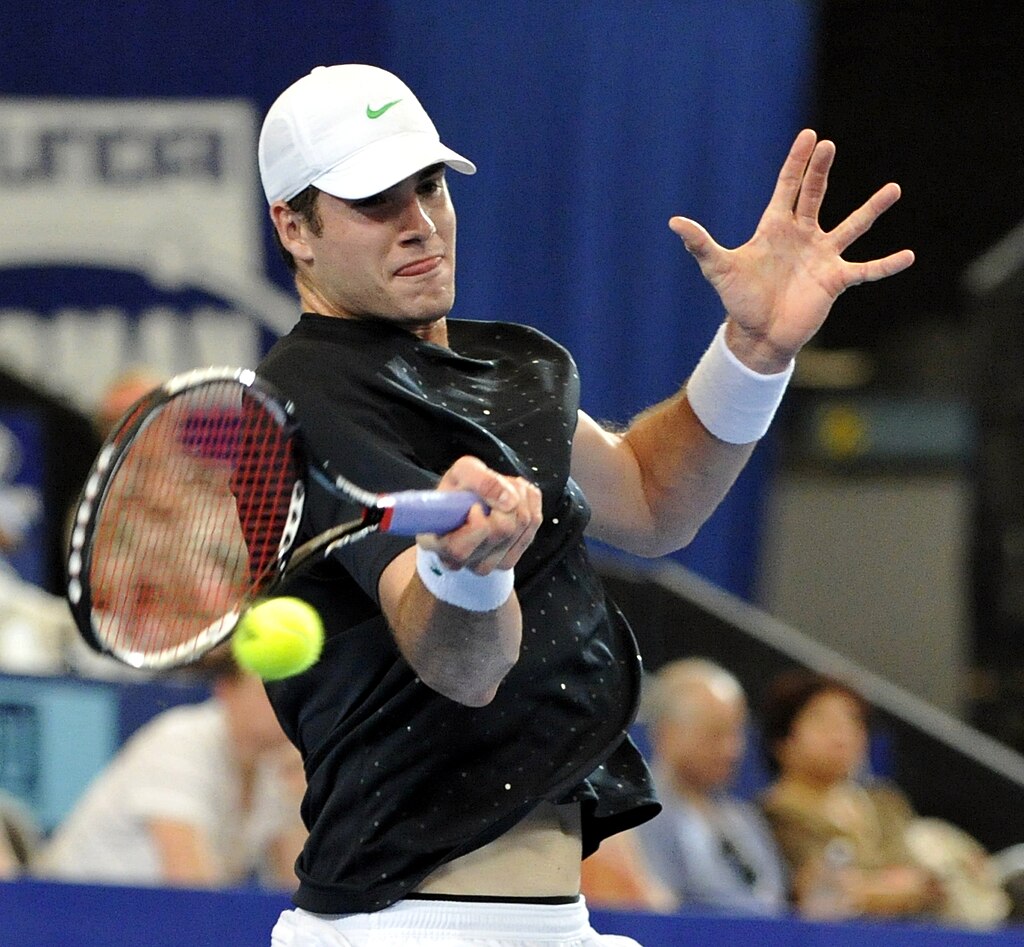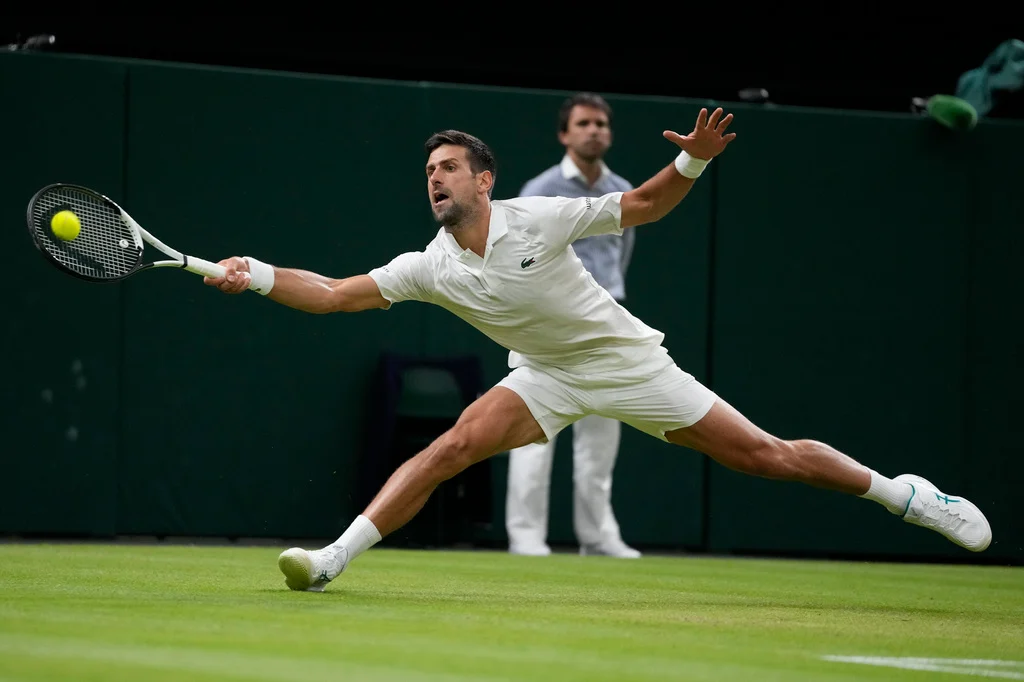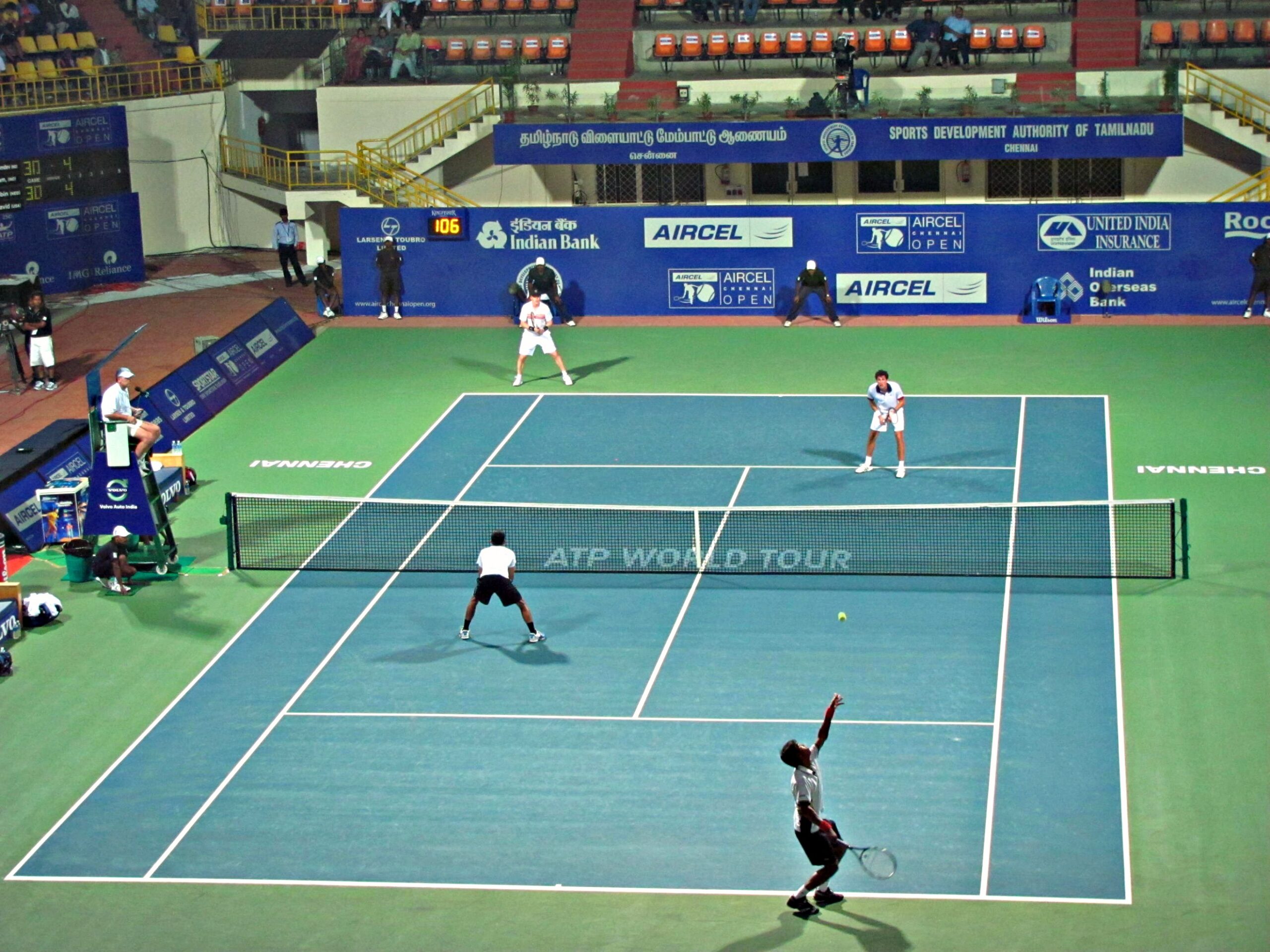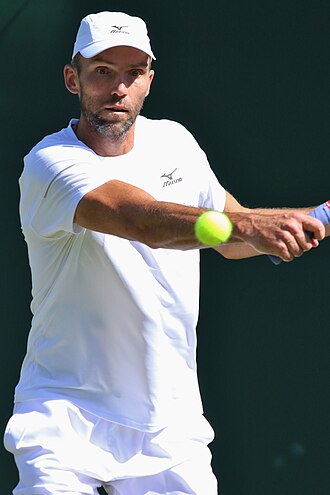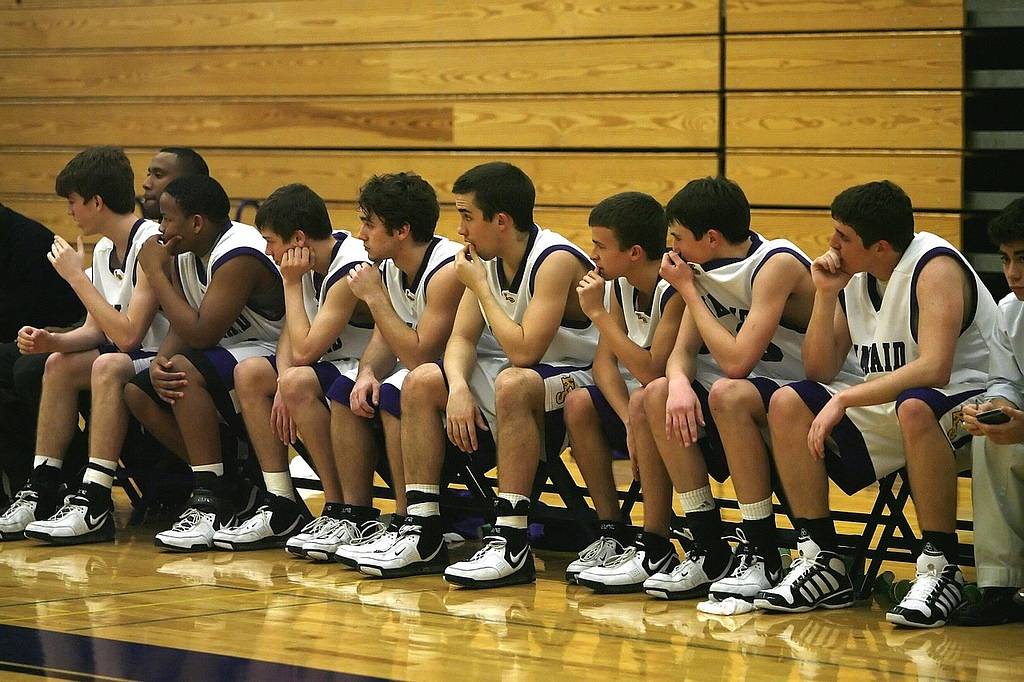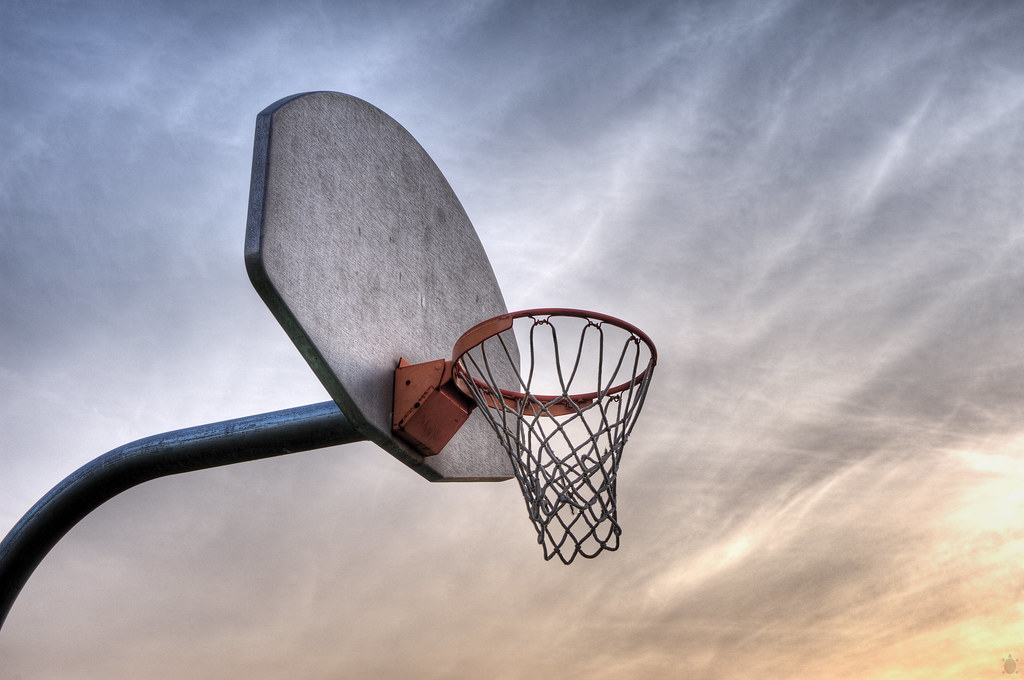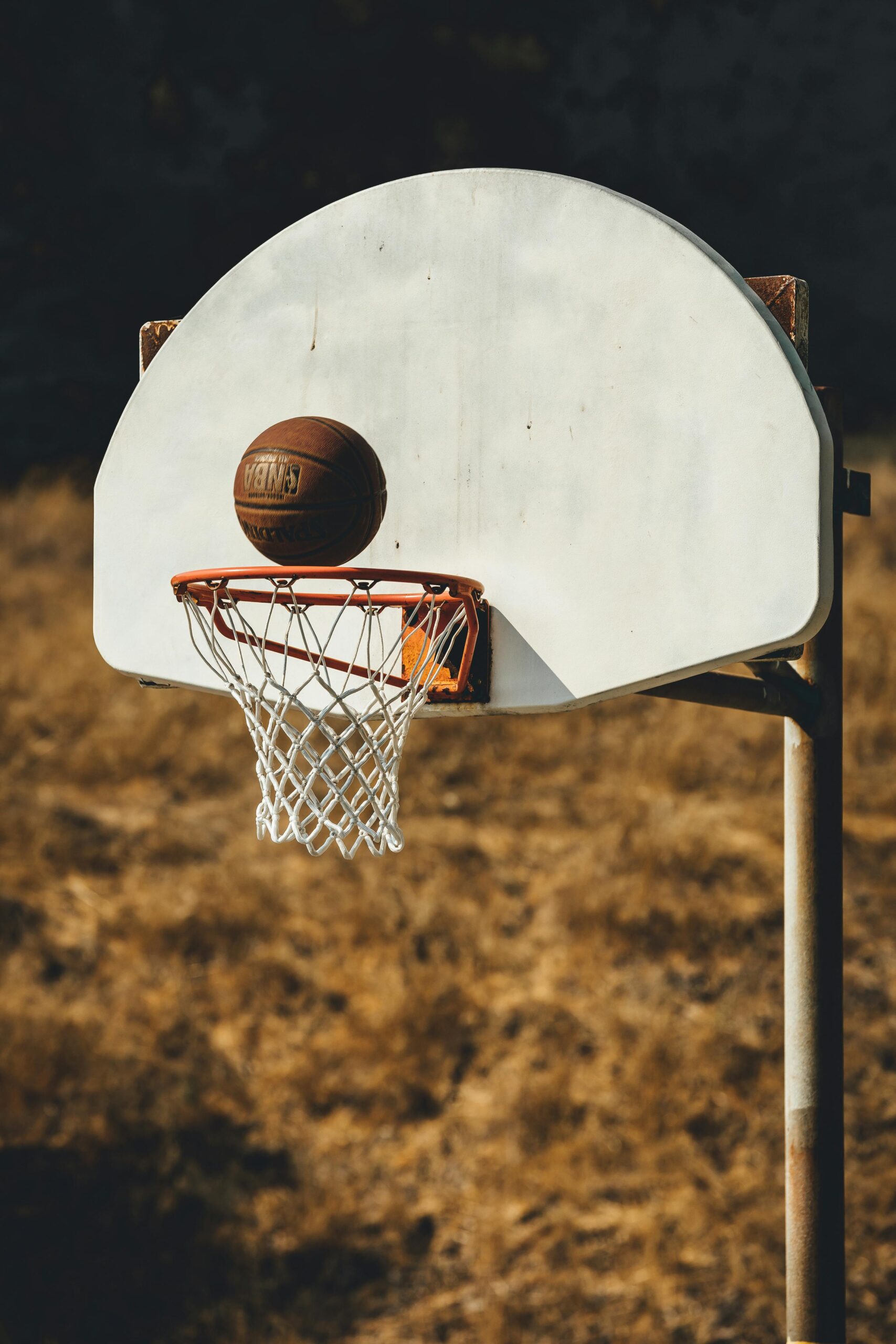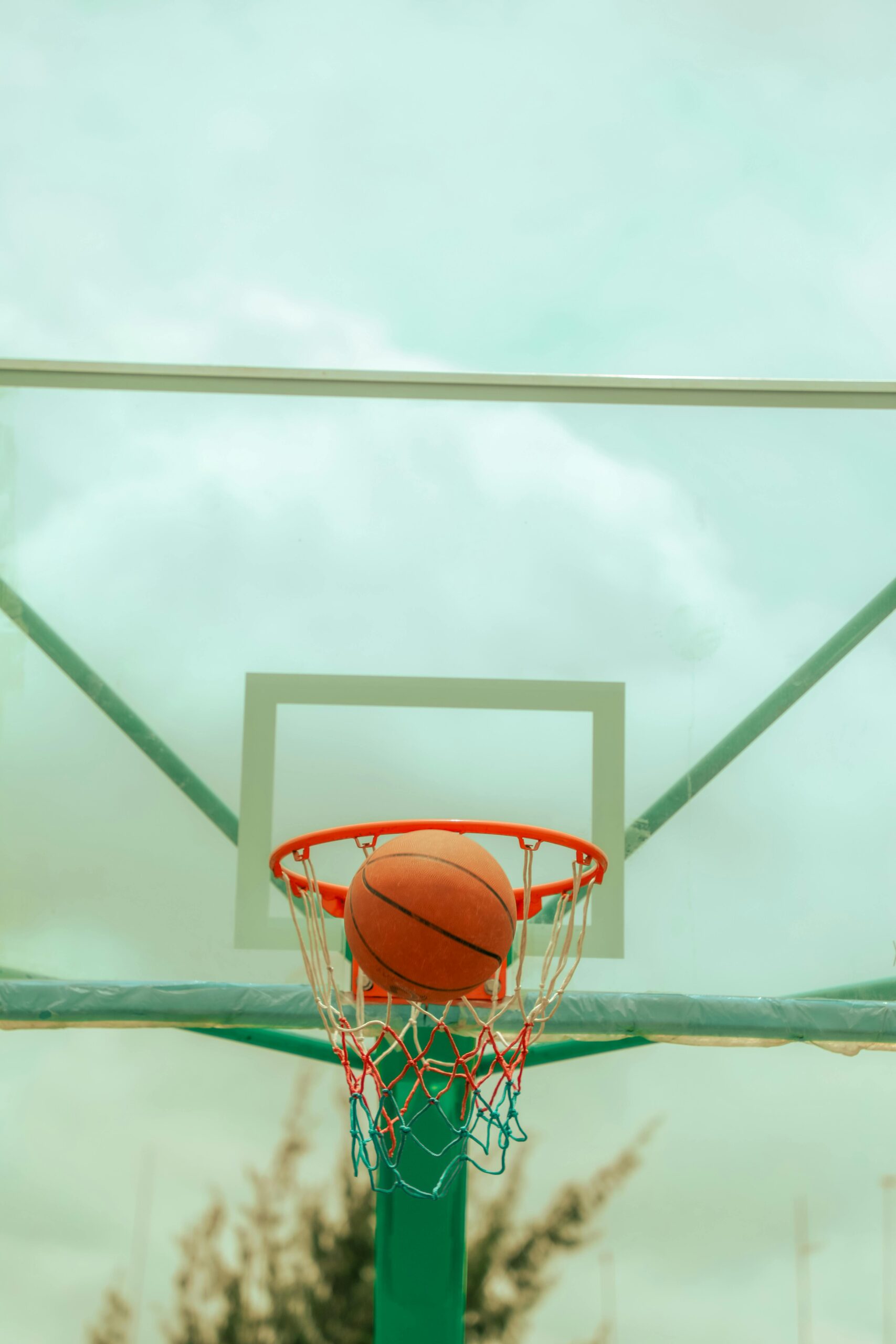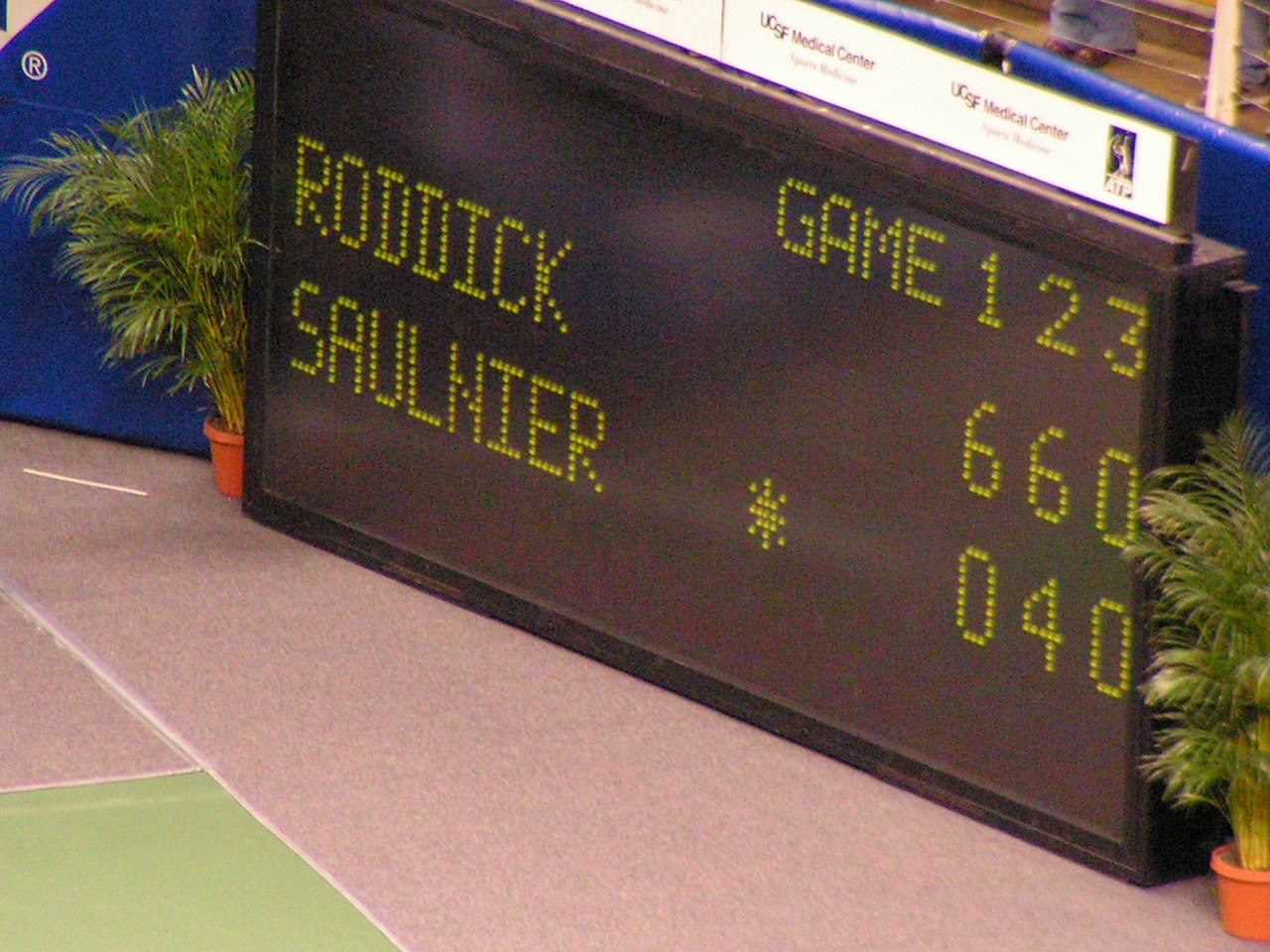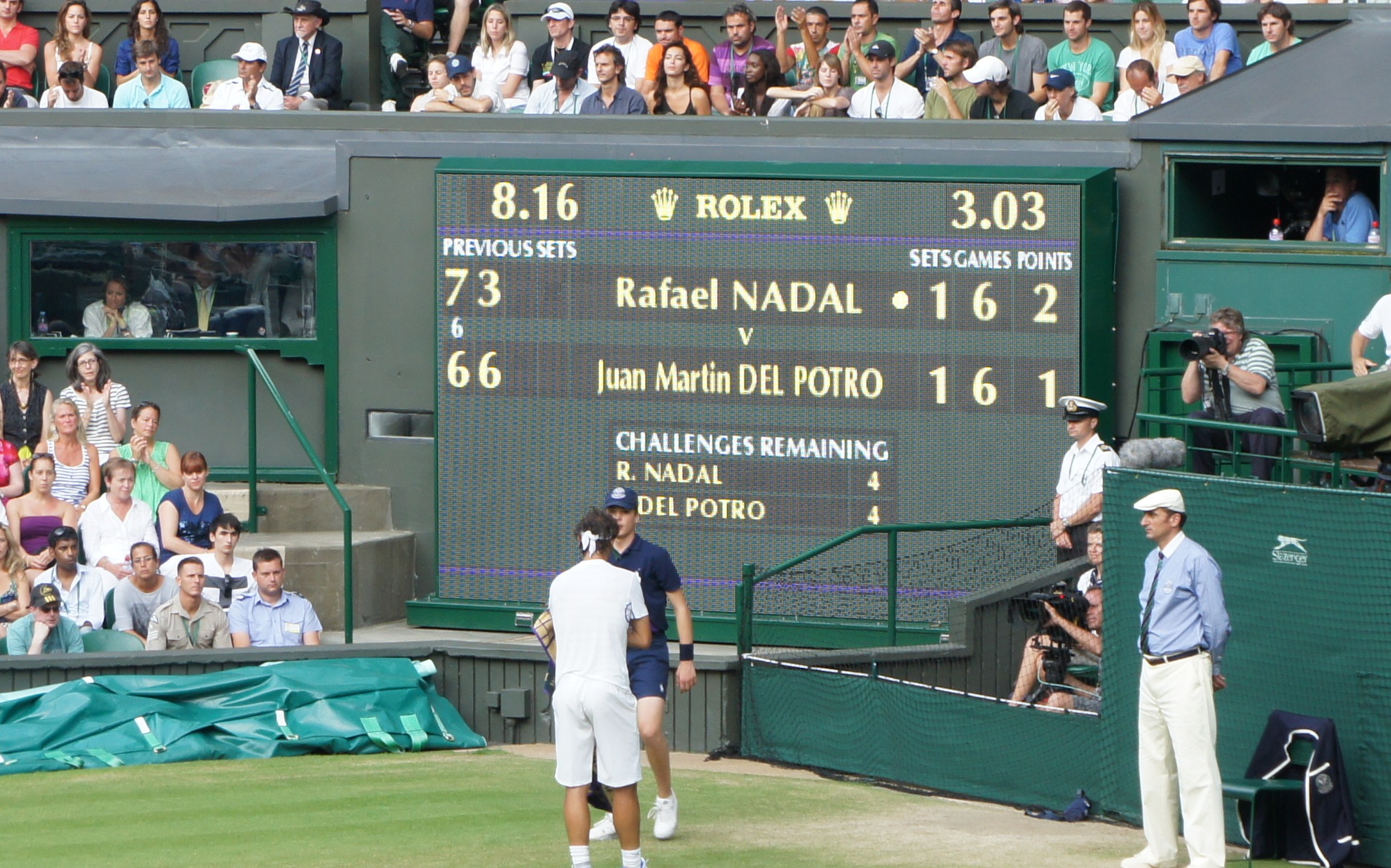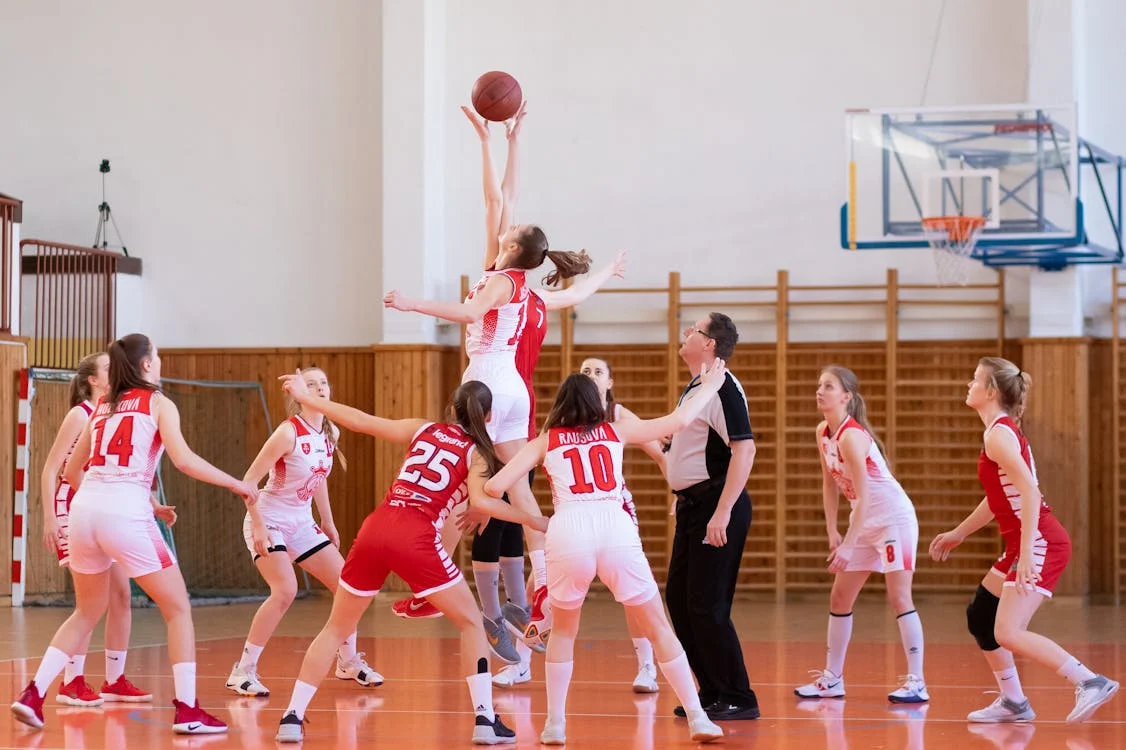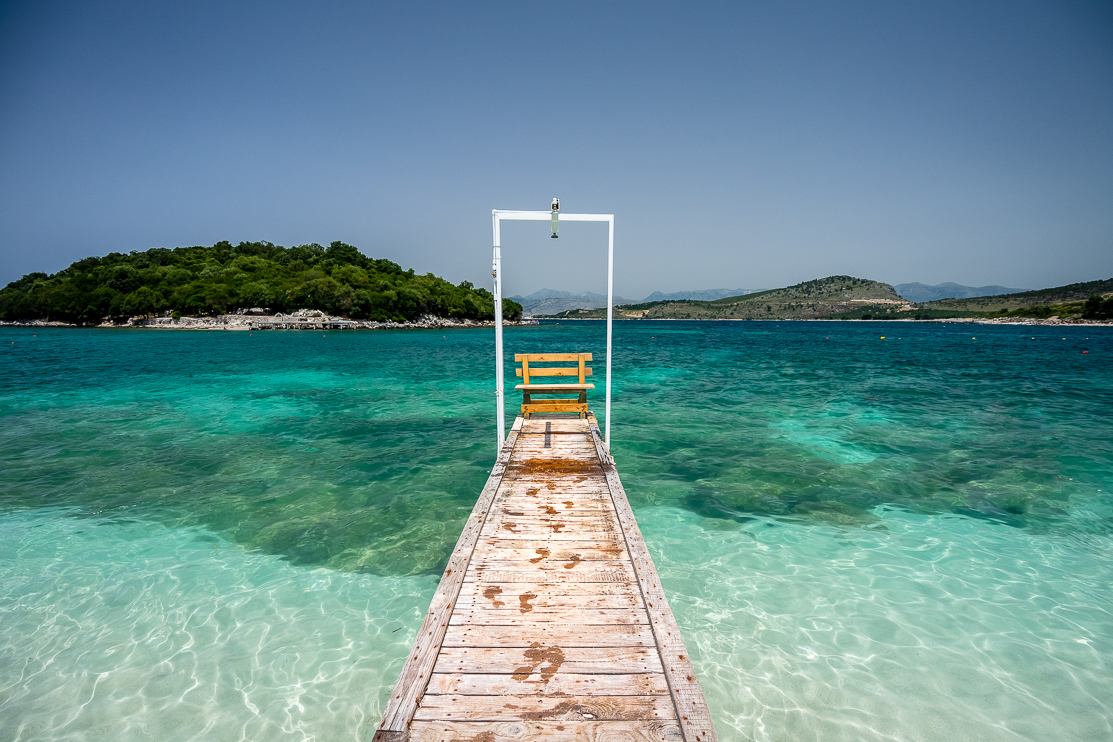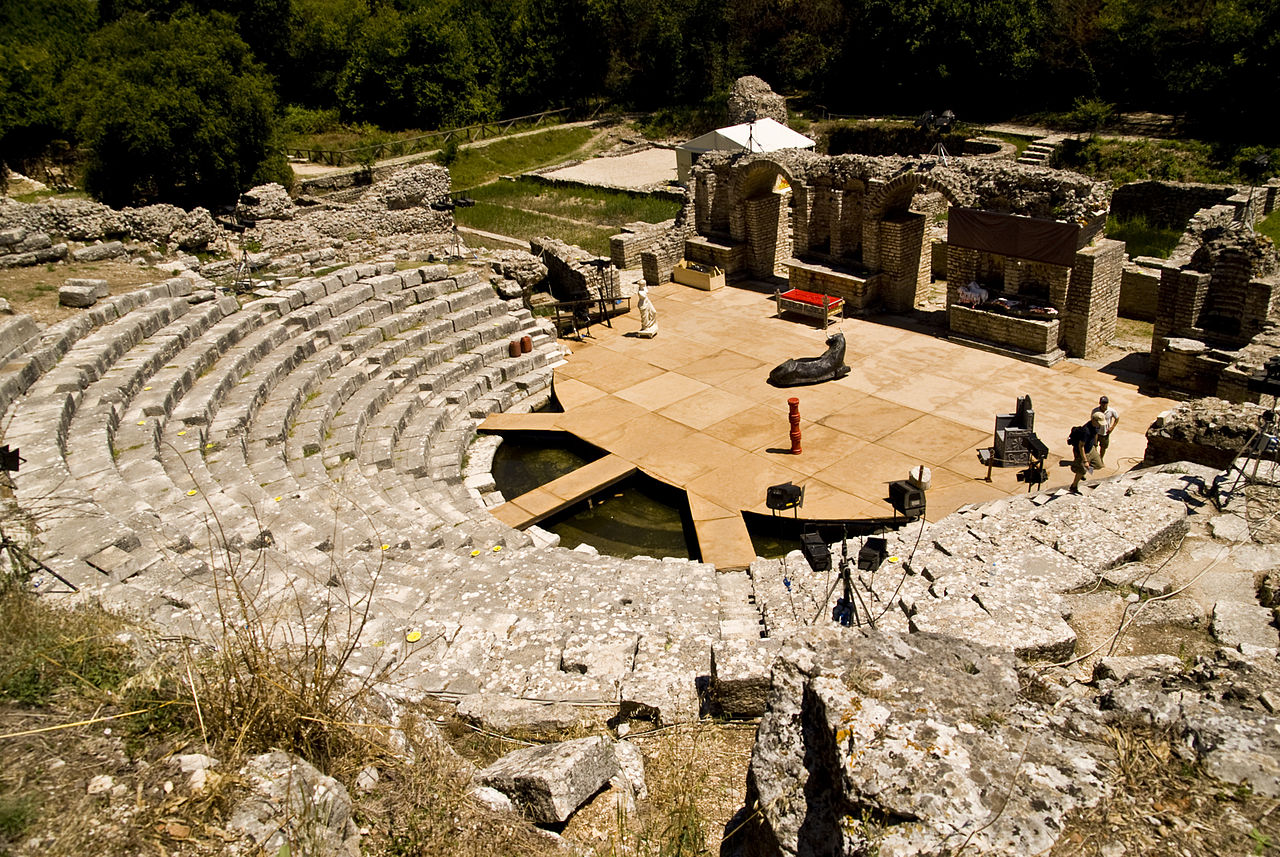Basketball courts are more than just playing surfaces; they are meticulously constructed venues that influence the game’s structure and flow. Every line, marker, and size on the basketball court diagram serves a purpose and influences games, strategy, and how players approach each time on the court. Every feature, from the three-point arc that tests shooters to the key that tests post-players, is essential to create dynamic and competitive action. Understanding these facts benefits not just the athletes, but also the coaches, officials, and fans.
Whether you’re polishing your jump shot, formulating a defensive game strategy, or guaranteeing fair play as an official, understanding basketball court layouts is crucial. The court’s design promotes teamwork, sharpens skills, and allows for tactical brilliance. This book delves into every aspect of basketball court diagrams, providing insights into their components, dimensions, and variances across different levels of play, allowing you to develop a deeper understanding of the game.
To learn more about the costs involved in constructing a basketball court, visit our detailed guide: How Much Does It Cost to Build a Basketball Court?. This resource will allow you to develop a deeper understanding of the game. . Additionally, if you’re curious about the standard height of a basketball hoop and how it impacts gameplay, check out our article: How High Is a Basketball Hoop?. These resources will help you develop a deeper understanding of the game.
An Overview of a Basketball Court
A basketball court is a rectangular area where the game is played. It is divided into two parts, each with a basket in the center and fixed on a backboard. The court has a variety of markers and regions that govern gameplay, including the free-throw line, three-point arc, and key.
Basic Elements of a Basketball Court:
Court Dimensions:
- Center Circle
- Three-Point Line Key (Paint Area)
- Free-throw lines
- Sidelines and baselines
- Basket and Backboard
- Restricted Area Arc
Basketball Court Dimensions
NBA Court Dimensions
The National Basketball Association (NBA) courts are larger than the majority of other courts. They have measurements tailored to professional play.
- Court Size: 94 feet long (28.65 meters) and 50 feet broad (15.24 meters).
- Center Circle: 12 feet (3.66 meters) in diameter.
- Three-point line:
- Arc radius: measures 23.75 feet (7.24 meters) from the basket’s center.
- Corner distance: 22 feet (6.7 meters) from the basket.
- Free-Throw Line: 15 feet (4.57 metres) from the backboard.
- Dimensions: 16 feet (4.88 meters) broad by 19 feet (5.8 meters) long.
- Basket Height: The rim is 10 feet (3.05 metres) above the court.
FIBA court dimensions
The International Basketball Federation (FIBA) controls basketball on a global scale, and its courts are slightly smaller than NBA courts.
- Court Size: 91.86 feet (28 meters) long and 49.21 feet broad (15 meters).
- Center circle: 11.81 feet (3.6 meters) in diameter.
- Three-Point Line:
- Arc radius measures 22.15 feet (6.75 meters) from the basket’s center.
- Corner distance: 21.65 feet (6.6 meters).
- Free-throw line: 15.09 feet (4.6 meters) from the backboard.
- Key dimensions: 16.08 feet (4.9 meters) broad.
- Basket height: 10 feet (3.05 meters)
Dimensions of High School Basketball Courts
In the United States, high school basketball courts are designed with precise proportions to accommodate younger players.
- Court dimensions are 84 feet (25.6 meters) long and 50 feet (15.24 meters) broad.
- Center Circle: 12 feet (3.66 meters) in diameter.
- Three-point line:
- Arc radius measures 19.75 feet (6.02 meters).
- Free-Throw Line: 15 feet (4.57 metres) from the backboard.
- Key dimensions: 12 feet (3.66 meters) broad.
College Basketball Court Dimensions:
NCAA courts differ slightly from professional ones, including characteristics of high school and NBA courts.
- Court dimensions: 94 feet (28.65 meters) long and 50 feet (15.24 meters) broad.
- The center circle measures 12 feet (3.66 meters) in diameter.
- Three-point Line:
- Arc radius: 22.15 feet (6.75 metres).
- The free-throw line is 15 feet (4.57 meters) from the backboard.
- Key dimensions are 12 feet (3.66 meters) broad.
Diagrams of basketball courts
-
NBA Full Basketball Court

-
International Full Basketball Court

-
College Basketball Court
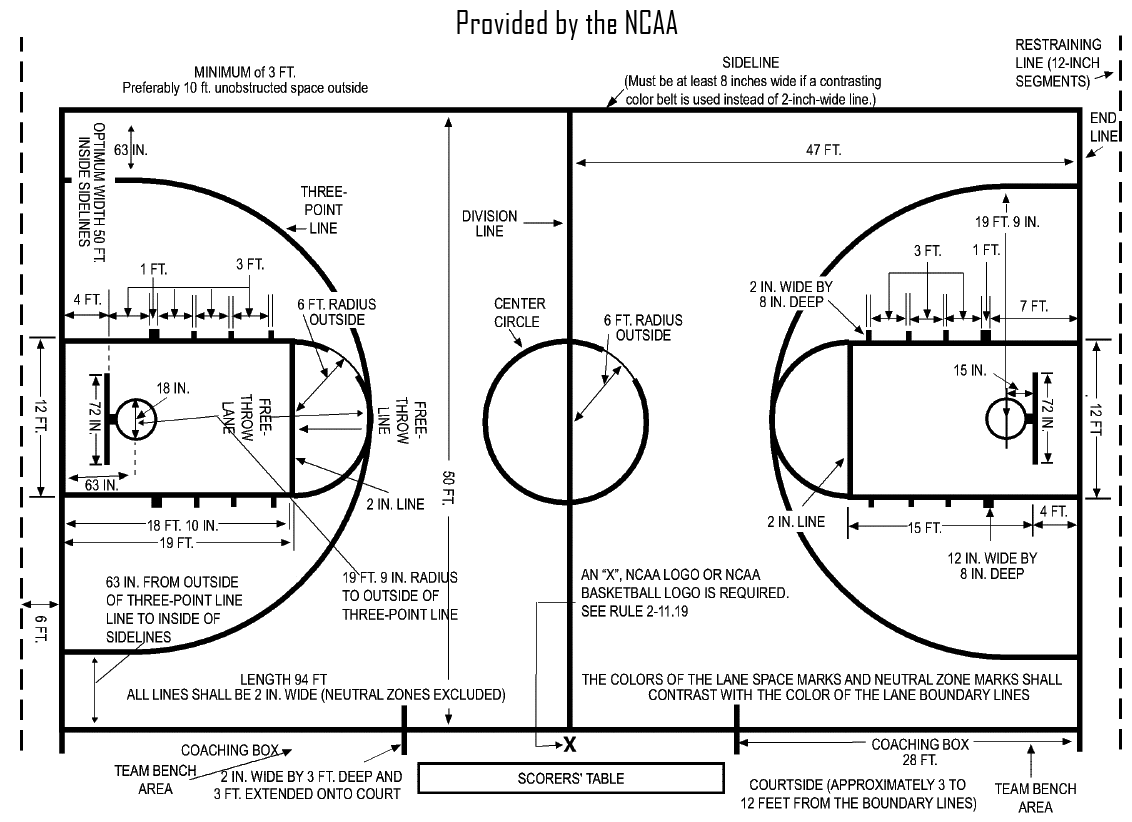
- High School Basketball Court
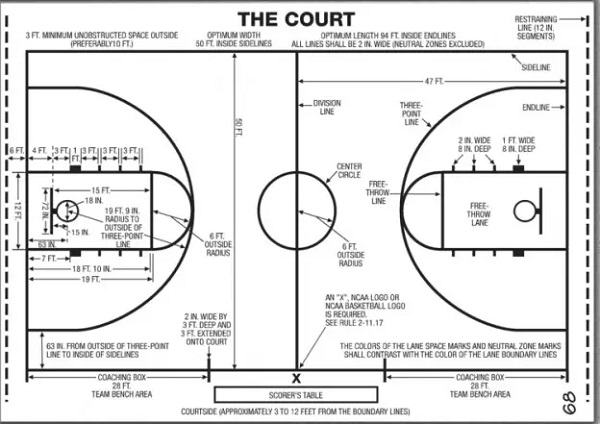
-
Basketball Half Court
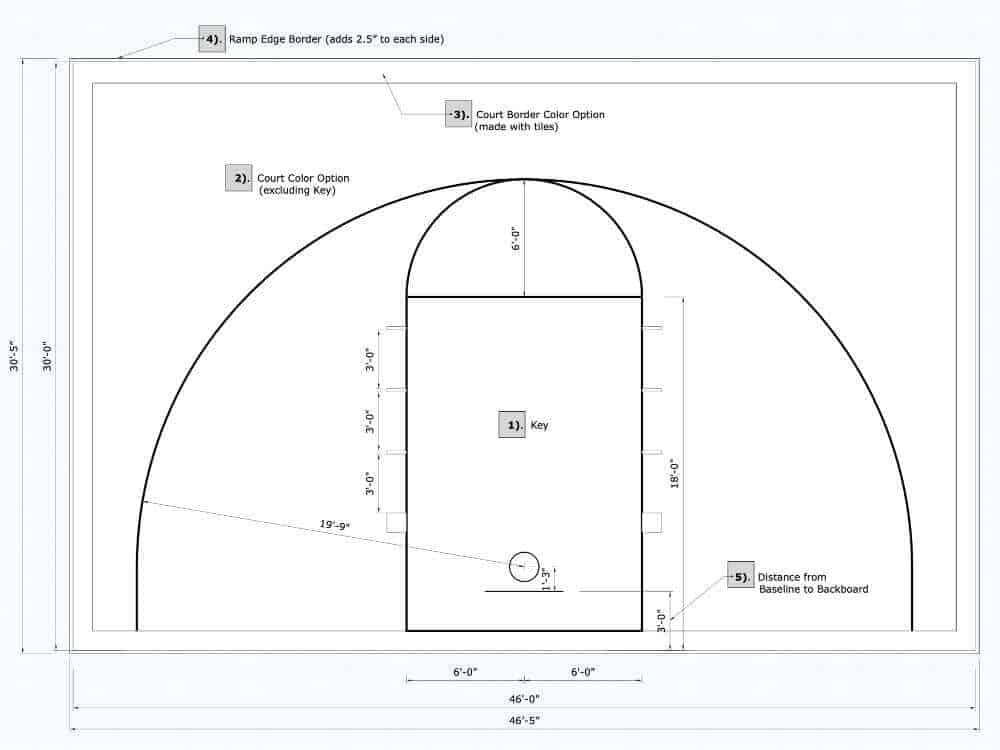
The following are thorough descriptions of the main parts of a basketball court, along with their purposes.
1. The Central Circle
The game begins with a tip-off from the center circle. The circle’s circumference varies slightly depending on the regulating organization.
NBA: 12 feet (3.66 metres)
FIBA: 11.81 feet (3.6 m)
The tip-off occurs in the center circle, where the referee throws the ball up and players jump to gain possession.
2. The Three Point Line
The three-point line goes around the basket. Any shot taken beyond this line earns three points. The distance between the line and the basket varies.
NBA: 23.75 feet (7.24 meters) at the arc and 22 feet (6.7 meters) at the corners.
FIBA: The arc is 22.15 feet (6.75 meters) long, and the corners are 21.65 feet (6.6 meters).
High school: 19.75 feet (6.02 meters).
3. The Key (Paint Area)
The rectangular region beneath the basket is where the key, often known as “the paint,” is located. This zone is vital for offensive and defensive plays since it is extensively monitored.
NBA dimensions: 16 feet wide.
FIBA dimensions: 16.08 feet wide.
High School is 12 feet wide.
4. The free throw line
Following a foul, players shoot unchallenged at the free-throw line. Most standards specify 15 feet from the backboard. The line is a primary focus in both practice and games.
5. Restricted Area Arc
The restricted area arc is a semi-circle situated beneath the basket. Defensive players within this arc cannot draw charging fouls.
NBA: 4 feet (1.22 meters) radius.
FIBA: Similar measurements.
6. Sideline and Baseline
The sidelines mark the court’s length, while the baselines mark its breadth. These limits define the play area:
NBA: 94 feet by 50 ft.
FIBA dimensions: 91.86 feet by 49.21 feet.
High School is 84 feet by 50 feet.
Specialized Court Markings
Half Court Line
The half-court line separates the court into two equal parts. In the NBA, teams must advance the ball past this line in eight seconds, but in high school and college, they must do so in 10.
Team Bench and Scorers’ Table
The sides around the center court frequently house team benches and the scorers’ table, where timekeepers and officials oversee the game.
Outdoor and recreational basketball courts
While professional courts have strict dimensions, outdoor and recreational courts may differ:
- Court sizes can range from half-courts to full-courts, depending on available space.
- Materials: Outdoor courts are often composed of asphalt or concrete.
- Customizations: Some recreational courts have unique color schemes or additional lines for different sports.
Common Questions About Basketball Court Layouts
1. What is the key’s purpose?
The key acts as a limited zone for players, restricting their time within to prevent penalties. It promotes fair play near the basket.
2. Why do three-point lines vary in length?
Three-point lines are changed to reflect player skill levels and the game’s regulatory body. Professional leagues, like as the NBA, have longer fields than high school courts.
3. What’s the difference between backboards and baskets?
All leagues use the same dimensions for backboards (6 feet wide and 3.5 feet tall) and baskets (18 inches in diameter). However, the materials used for outdoor courts may differ.
4. What is the length of the three-point line?
The distance between the three-point line varies by league:
NBA: 23.75 feet at the arc, 22 feet in the corners.
FIBA dimensions: 22.15 feet at the arc, 21.65 feet at the corners.
High school height is 19.75 feet.
5. What is the limited area’s arc?
The restricted area arc is a semi-circle beneath the hoop where defensive players are unable to draw charging fouls. The NBA and FIBA use a radius of four feet.
6. Why do court sizes vary among leagues?
Court sizes are changed to match the skill level and physical abilities of the players. Professional leagues such as the NBA use wider courts to allow faster-paced action.
7. What materials are utilized in basketball courts?
Indoor courts are often made of hardwood, whilst outdoor courts are often composed of asphalt or concrete to provide durability.
8. How much does it cost to construct a basketball court?
The cost varies according to size, material, and location. A regular full-size court can cost anything from $20,000 to over $100,000.
How to build a basketball court
Building a basketball court takes careful design and execution. Key considerations include:
- Space Requirements: Allow enough room for the specified court size.
- Surface Materials: You can choose between hardwood, asphalt, or concrete.
- Court markings: To ensure exact lines, use the right paint or tape.
- Hoop Installation: Secure the hoop and backboard to fulfill height requirements.
To summarize, the design and layout of a basketball court are critical to the game, influencing how players, coaches, and officials approach all aspects of play. The precise measurements of the three-point line, as well as the uniformity of rim height, maintain justice and consistency while increasing the sport’s excitement and competition.
Understanding the components and measurements of basketball courts throughout leagues helps you appreciate the delicate mix of skill, strategy, and organization. Whether you’re on the court, evaluating a game, or expanding your knowledge as a fan, understanding the basketball court layout is critical to fully participating with this worldwide popular sport. For more informative articles and updates on a wide range of topics, explore our website: QuickNewsFeed.
